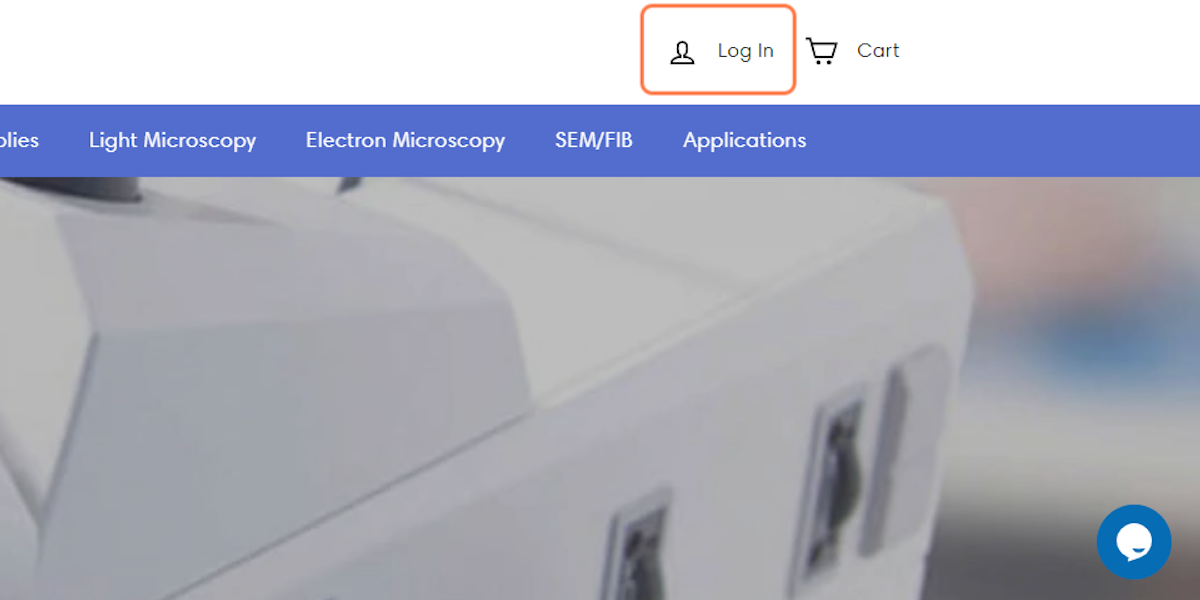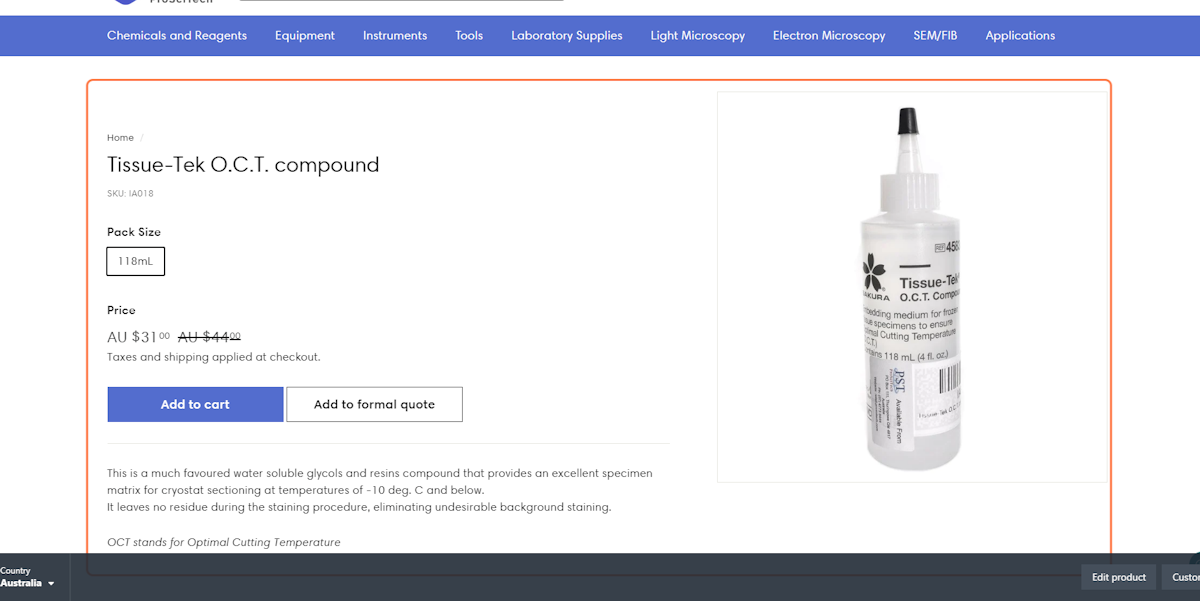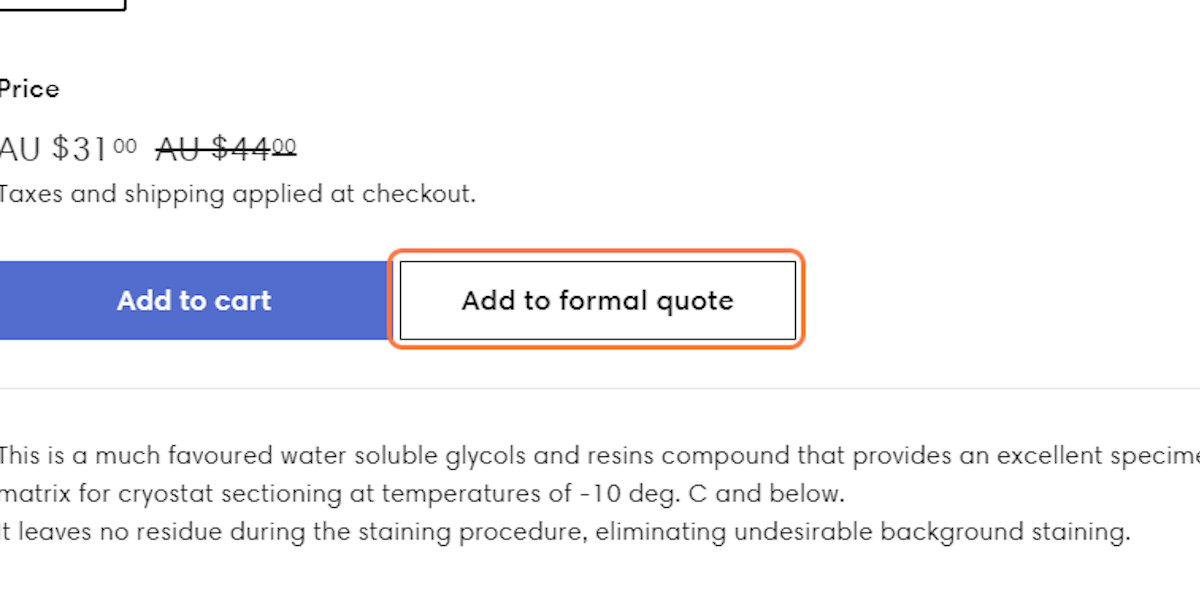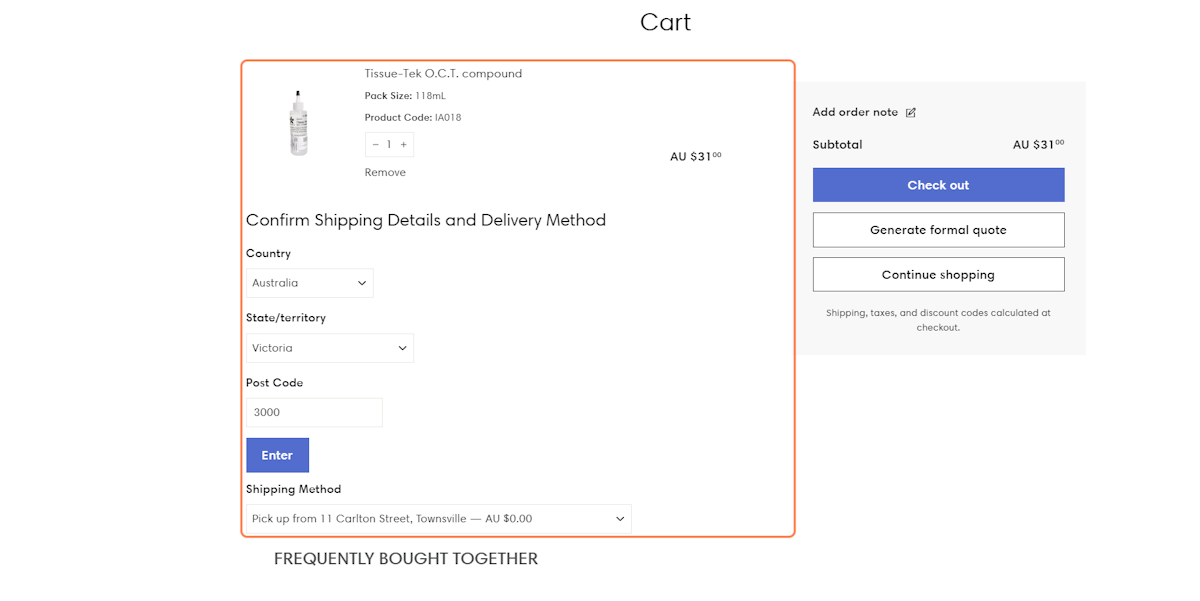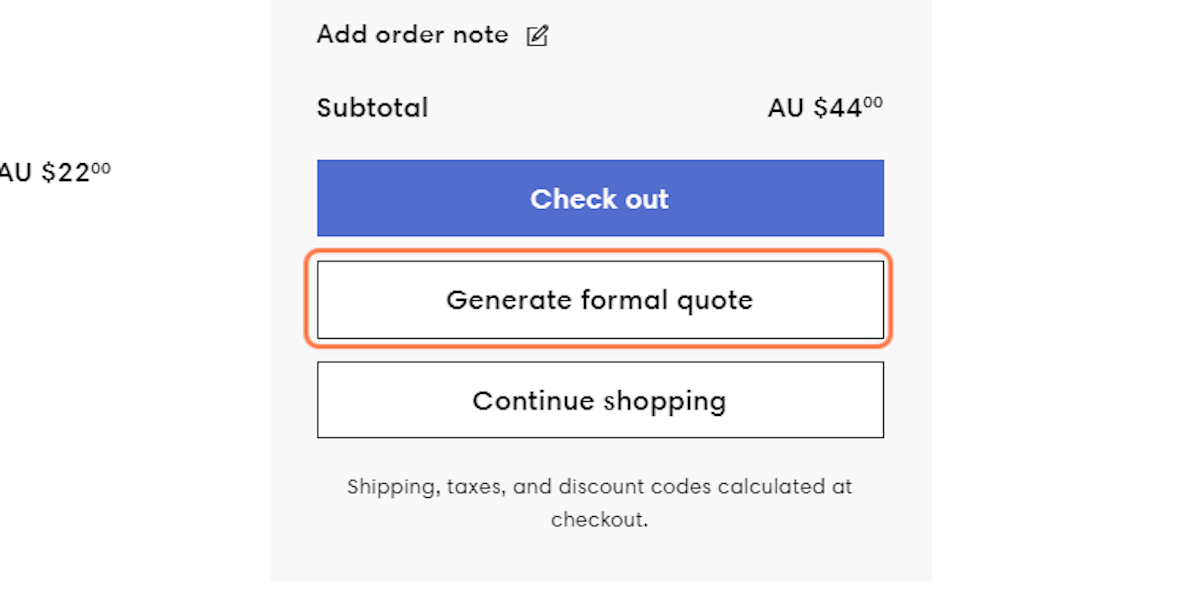Latex flow cytometry microparticles 0.1%
Latex flow cytometry microparticles 0.1%
Taxes and shipping applied at checkout.
Polystyrene latex spheres have been used to calibrate electron microscopes since 1949 when a batch of uniform-sized particles was discovered by Backus and Williams at Dow Chemical. Since then, many graded sizes have been produced and these find a wide variety of applications in laboratories. Adding a tiny amount of the working solution to the specimen surface makes accurate sizing and measurements possible. This is quite useful for all types of microscopy and especially so in SEM when the specimen is not flat and large size errors are possible because of perspective and varying working distances. It is also possible to make up a mixed size solution and this may be employed for comparative measurements of larger and smaller structures.
ProSciTech has increased the number of calibrated latex spheres available to twelve sizes; they range between 0.1 and 15um. They are useful not only for TEM but also for SEM and light microscopy applications. Cost of latex spheres is now quite low, so there is no reason for any lab not to keep suitable calibration spheres at hand.
Latex particles are especially suited for calibrating SEM and TEM magnifications. If several particles are measured at a magnification where the particles are large enough to make an accurate measurement, it can be assumed that the average particle is within 1% of the nominal magnification. Latex particles are fairly inert and do not distort under vacuum or other normal operating conditions.
Latex particles are also used as an internal magnification standard and for estimating particle concentrations by combining equal size drops of latex particles and of a specimen solution.
It is possible to calculate the approximate number of latex particles in the supplied solution using below data or the link to the Spherotech information, which is applicable to any such latex spheres. However, greater precision in determining the particle numbers present is achievable if an electronic particle counter is used.
ADJUSTING PARTICLE NUMBERS TO REQUIRED CONCENTRATIONS
Usually the supplied concentration is too great and requires dilution with high purity water to make a working solution. In microscopy for a given application the number of particles used, regardless of size, needs to be fairly uniform. The number of particles in a given weight/volume solution varies dramatically with particle size. These numbers are given in column two (in the table below) and relate to a 0.1% solution. For a 1% solution its simply x10 and for a 5% solution x50. Column three gives the dilution required to achieve 3.6x10e-6 particles /mL for various latex particle sizes.
| Diameter (um) | Number of particles/ml | 3.6x10e-6/ml |
| 0.1um | 1818 x 10e9 | ~3.6 x 10e-6 % |
| 0.5um | 14.5 x 10e9 | ~4.6 x 10e-4 % |
| 1.0um | 1.8 x 10e9 | ~3.7 x 10e-3 % |
| 0.3um | 67 x 10e9 | ~1 x 10e-4 % |
| 3.0um | 67 x 10e6 | ~0.1 % |
| 5.0um | 14,5 x 10e6 | ~0.46% |
| 10um | 1.8 x 10e6 | ~3.6% |
| 15um | 0.5 x 10e6 | ~12.4% |
Particle concentration of latex calibration spheres for microscopy are supplied as 0.1% weight by volume within an aqueous solution. Specific gravity of spheres is 1.05. The solution contains an antibacterial agent.
Nine different particle sizes are available. Each tube of the "small" and "medium" sizes contains 5mL. Larger spheres are more expensive and different volumes are used for these. Lids are colour coded contamination between different sizes. Sizes are nominal and the actual size is indicated on the vial.
For a large range of SPHEROTECH special application latex particles see page Q1
LATEX SPHERES FOR MICROSCOPY
Available in the these sizes also.




